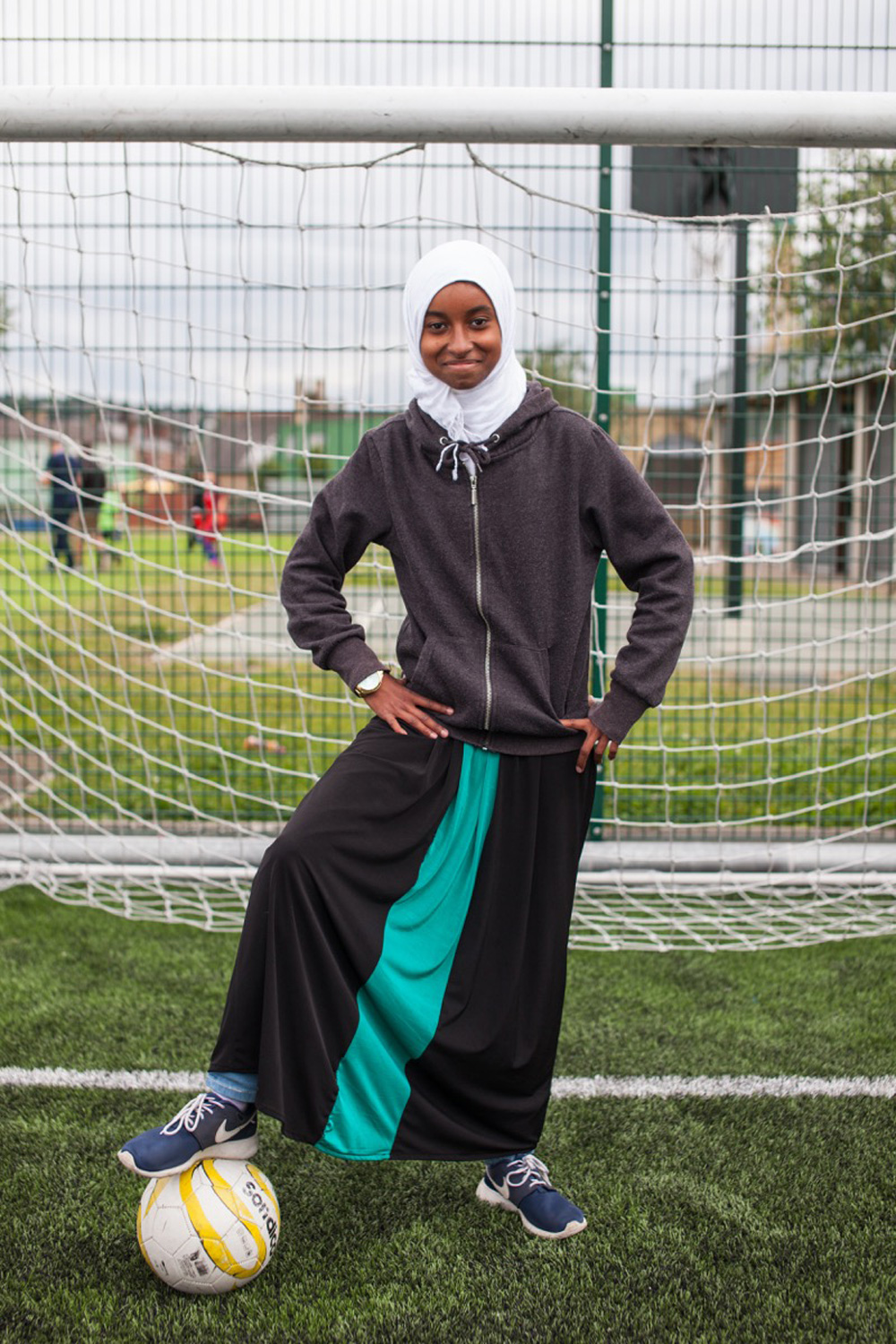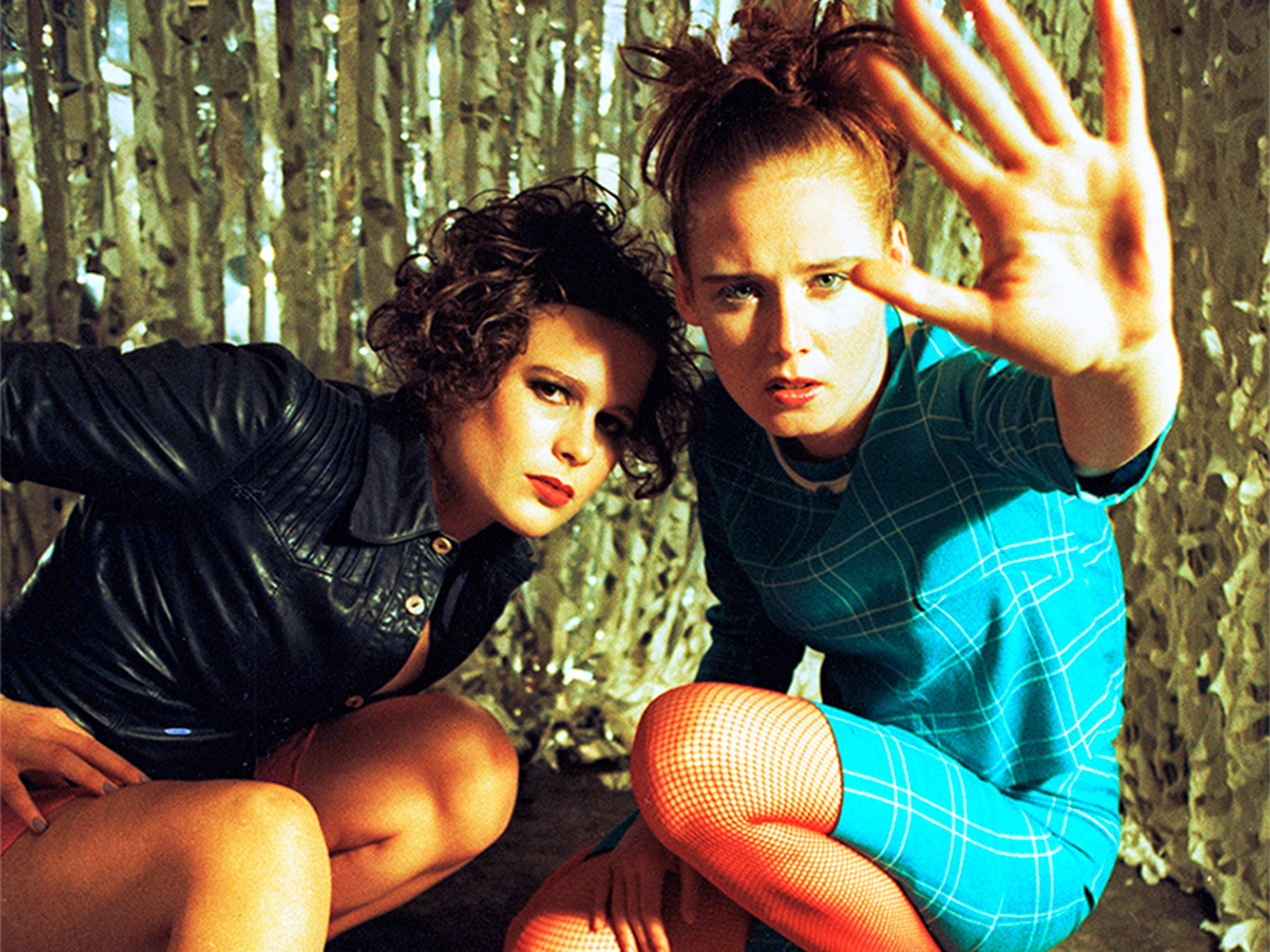"A picture paints a thousand words", they say. And they certainly do if the picture was taken by Gemma Thorpe. Gemma’s work conveys such emotion; looking at her beautifully crafted images either makes me break into a huge grin or, more often, well up. Gemma focusses her lens on issues including migration, homelessness, identity and belonging – in each case telling you just enough of the story to make you keen as mustard to find out more.
Gemma's taken plenty of photos for OFP over the years. Her snaps of the Sheffield Ship Model Society at Millhouses Park, for instance, make us smile just thinking about them. And in 2016 we worked with Gemma and the University of Sheffield's David Forrest on Football Stories, a celebration of Sheffield's many football communities and the city's rich heritage in the sport as home to the world’s oldest football club. We urge you to spend some time on her site to get more glimpses into the lives of the people she’s photographed – like the young people she met In Between Days, looking for shelter at Sheffield’s Roundabout hostel, or those depicted in her After the Orphanage series form state orphanages in Romania.
Warm, engaging, expert at noticing the tiniest of details, and possessing a knack for putting people at ease – we’re intrigued to see what Gemma does next.
How would you describe your work?
I am curious. My work is about personal stories. I use photography, and increasingly audio and video to share people’s stories, which I hope can help us learn more, and aid our understanding of each other. I am interested in the ways people manifest their identity, and how they can adapt and build resilience when needed.
I have a keen interest in China and spent the last few months of 2012 in Chengdu, Sichuan, which has close connections to Sheffield. I’m working towards finding ways to link the two cities and wider regions with cultural exchanges, to produce more photographic work and short films exploring the relationship between China and the UK, and to help share and promote the work of Chinese photographers here and of Sheffield/northern photographers there.
What inspires you?
People. Everyday things like someone’s routine, the things that make people unique even though they might not think it’s that special – like the pleasure of having a cup of tea in a certain mug. Small things a lot of the time but also bigger things like films and music and walking/cycling up a hill to look over the city.
What’s your desk or workspace like?
I work at home, which is good for having nice things around but bad for being tempted to work at strange times, and for questionable outfits when long sessions at the computer are needed and it gets cold.
What do you love about Sheffield?
The views, the skies, the people, the trees, the parks, the stories passed down to me by my Granny who lived here all of her 98 years, the conversations you overhear on the buses and on the streets, and the fact you can have a chat with a stranger almost anywhere. And the sense of humour.
What would you do to improve the city?
Connect the city’s neighbourhoods better. More generally, I think it’s easier, and safer, to make decisions that will lead to it becoming a replica of other cities rather than celebrating what is special and unique about it, marking out its independence, and supporting people who are doing things differently and have more radical ideas. Chinese students call it ‘Sheffield village’ – I think that’s a positive thing. It should stop trying to compete, give up using words like "global!" and "digital!" People who live here know what makes it so good; it’s like a weird secret, because you never hear those things outside of the city.
- Words by
- Claire Thornley












